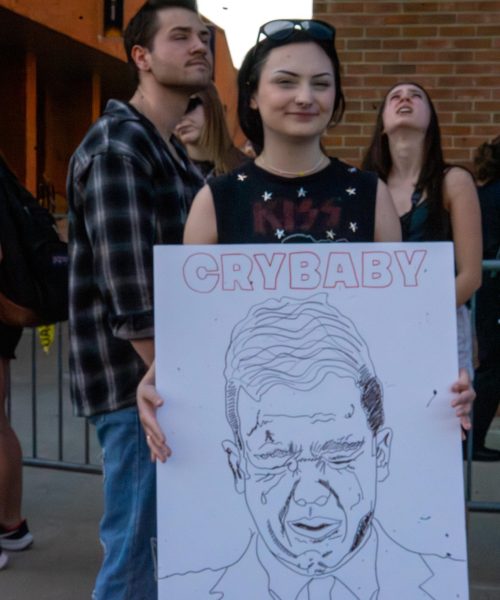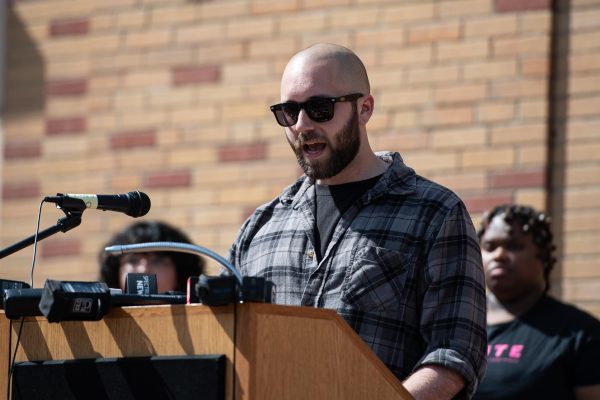Professor discusses nanotechnology’s uses in medicine, computer science
April 3, 2008
Sir Fraser Stoddart, Northwestern University chemistry professor, gave a lecture in the Kiva yesterday on his research in molecular nanotechnology. Stoddart was invited to speak by the chemistry department as part of its celebration of student achievement for Honors Week.
The Scotland native began his lecture by giving an overview of his own history about growing up on a farm in Scotland, calling it the “university of life,” and discussed how he developed his interest in nanotechnology. He said he grew up loving jigsaw puzzles, crossword puzzles and Erector Sets, which he said were some of his “early training” in nanotechnology.
Nanotechnology is the engineering of functional systems at the molecular scale, according to the Center for Responsible Nanotechnology’s Web site. Stoddart is said to be one of the world’s leading nano researchers and helped develop molecular switches that could help improve computer memory and has helped better nanomedicine that could improve drug delivery in treatments like chemotherapy, according to NanoScienceWorks.org.
Stoddart, who was knighted by the queen in 2007 for his achievements in nanotechology, explained to the audience how he began his research and the development of a device called a two-terminal molecular switch tunnel junction.
There were around 70 students, faculty and public listening to Stoddart’s speech, and responded well by asking questions about his research at the end.
Jim Hester, senior biotechnology major, said he thought it was important to hear about a topic that will be so revolutionary in science.
“I think it was good for seeing where technology is going to go in the future because nanotechnology is one of the technologies that’s going to make a revolution in the years to come,” he said. “So it is good to see where the early aspects of it are going so far.”
Hester said he likes seeing respected speakers come to the university and says it is a good way for students as well as professors to see what is going on.
“He’s doing a lot of work with switches, which is basically the first building block you need to build a molecular computer, so it is interesting to see how that whole process started,” he said.
Molecular biology and genetics graduate student, Karen McGuire, said she liked his discussion on nanotechnology for medicinal uses.
“The part I found interesting was how he discussed the little glass nanospheres with the retractable valves. It goes into a cell, specifically the lysosomes, and he’s able to release the drug in a controlled fashion,” she said. “This can be ideal when giving chemotherapy because then you are not adding the drug to all the tissues, but the affected tissue specifically.”
McGuire said that nanotechnology can be used for other purposes as well, like improving computer memory.
“It’s computer-like, as in you create a small device that is able to hold memory, just like a binary system does on a computer, and these do the same thing but they are small, organic components produced in these little nanospheres,” McGuire said. “Stoddart is able to get them down to a small size and create grid-like structures that will hold memory, only in an organic fashion versus your silicon-based computer systems.”
Contact Honors College reporter Christina Thomas at [email protected].























